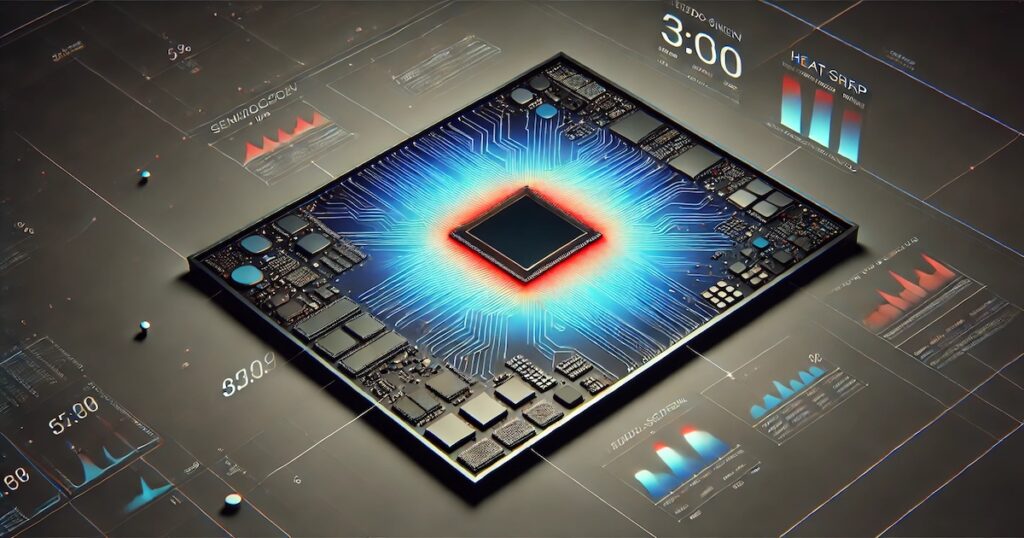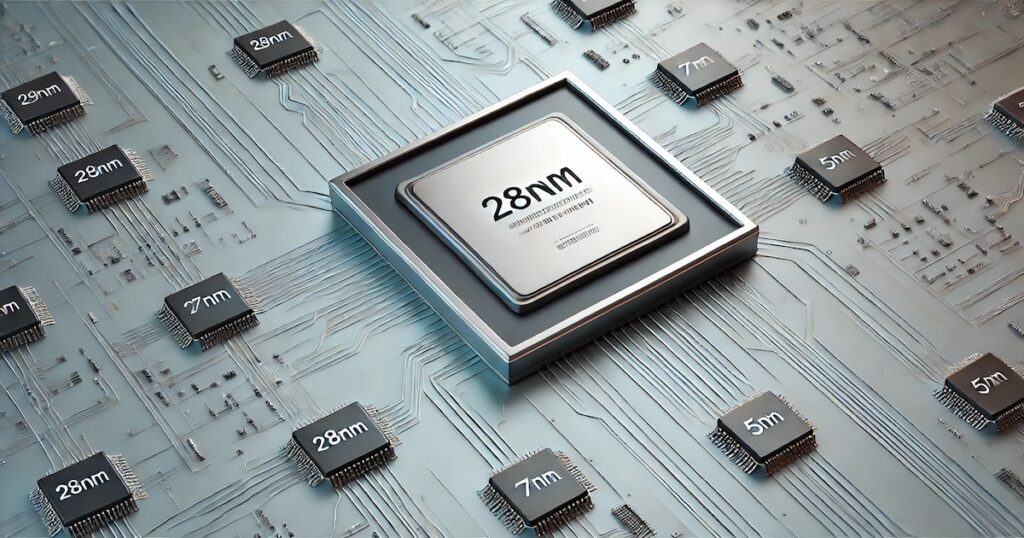Photo by Tanner Boriack on Unsplash
THE IMPORTANCE OF PILLARS IN THE SEMICONDUCTOR INDUSTRY
There are numerous industries worldwide catering to different markets. Company from a specific industry will rarely provide all end-to-end in-house solutions to develop products.
Almost all of the companies within a given industry rely heavily on different segments (from the same industry) to achieve the goal of producing high-quality products for their target customers.
The same fundamentals are valid for the semiconductor industry. Without the support environment, the product will not meet the high-quality customer’s expectations. More so, when the silicon chip can be used for numerous types of applications anywhere in the world. That is why quality and reliability need to be above par.
To satisfy customer requirements, different types of support systems are needed. In semiconductors, these support systems can be called pillars. These pillars of the semiconductor industry can be logically separated into three different segments:
Front-End: Research, design, and marketing.
Middle-End: Support, equipment, and software.
Back-End: Manufacturing, supply chain, and sales.
Each of these three segments plays a crucial role in bringing a product to the market. They do so to provide the following important traits:
Cost: Semiconductor companies are immensely focused on cost reduction to grow their product margin. This is something that requires three-way synchronization of the three discussed segments. These segments to do by bridging together the gaps that ensure zero-delay and zero-waste. Such practice ends up creating low-cost but high-quality flow for the semiconductor product development.
Time: Delivering products on time is the key. Delays in projects can hurt a company’s reputation and growth. This requires all three segments to work in harmony. Using the data-sharing approach, different segments work together to ensure all possible delays are eliminated, thus ensuring time-bound delivery.
Growth: Connecting the three segments seamlessly, ensures that the product is profitable in the long run. Ensuring there are no gaps between the three segments enables a high growth margin too.
Quality: Working with different segments within the same industry also requires efforts to maintain high-quality and standards. This is what these three different segments work towards by ensuring different tools and processes come together to provide reliable products.
Innovation: In the end, companies in semiconductors are focused on innovating next-gen solutions. This is possible only when all three segments are set up and connected to drive innovation, which often requires a high level of operational management, something Front/Middle/Back segments have incorporated for a long time.
The three different pillars of the semiconductor industry play an important role when it comes to product success and profitability. However, it takes a lot of effort and time in building a network of solution providers that form a robust three-way network.


THE ROLE OF DIFFERENT PILLARS IN THE SEMICONDUCTOR INDUSTRY
The semiconductor industry views Front-End, Middle-End, and Back-End from a technology-node or semiconductor fabrication point of view. However, it is about time that the world also sees these three segments from a business point of view.
Each of these three segments is vital in ensuring that the product is delivered to the market on time.
Front-End: Front-End segment captures customer/market requirements which are used by teams to design a product. This is the research and development part that brings product ideas to reality. It can also be seen from a marketing point of view as a stepping stone towards next-gen products.
Middle-End: Middle-End segment connects the design and marketing side of the product to the back-end side that delivers the fabricated product to the end-customer. It also consists of different support environments like software, equipment, facilities, and so on.
Back-End: In this segment, the product comes to life. It is more manufacturing, logistics, and the supply chain side that ensures the design reaches the market in time. Back-End is also about working with different assembly teams to ensure the semiconductor product is mounted on the system works as per the specification.
It might be confusing to the industry veterans who have only focused on Front/Middle/Back end systems from a fabrication point of view, but as the world is moving towards more connected product development it is equally important to understand how and which segments within the industry work in synchronization to enable advanced technology.
Viewing the end-to-end semiconductor industry chain from the above three pillars gives a more realistic view of how the semiconductor industry works and the importance each of these segments/pillars brings.






